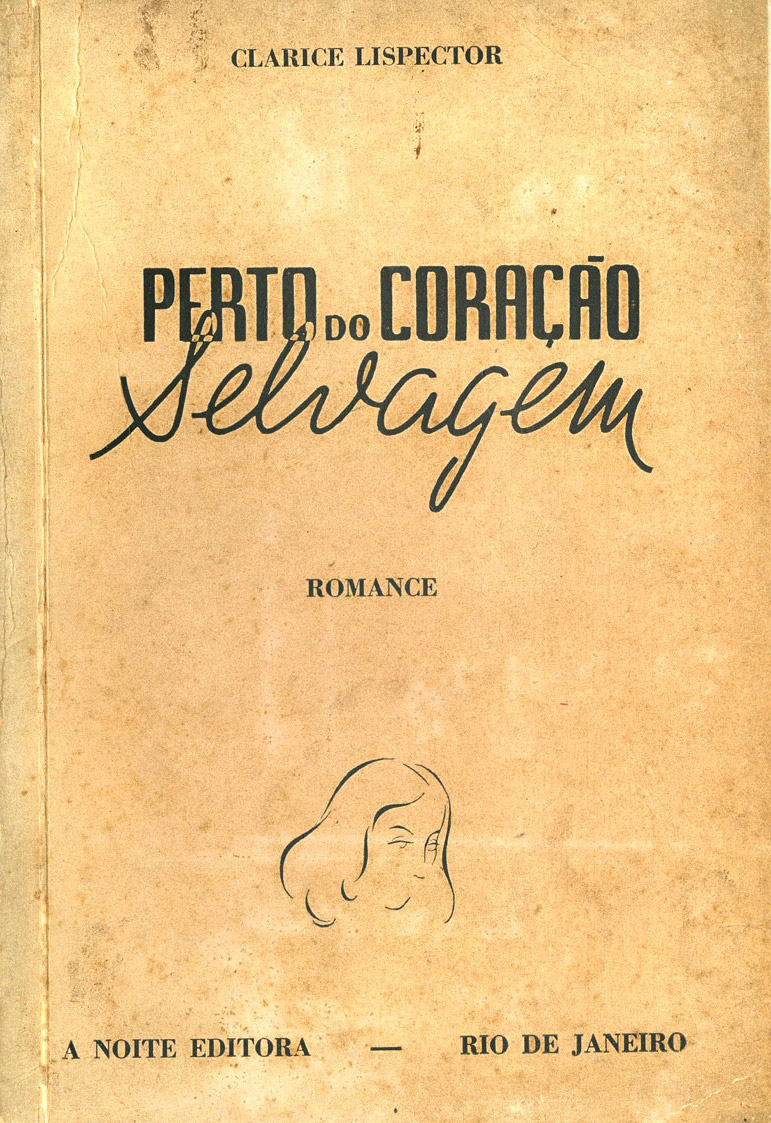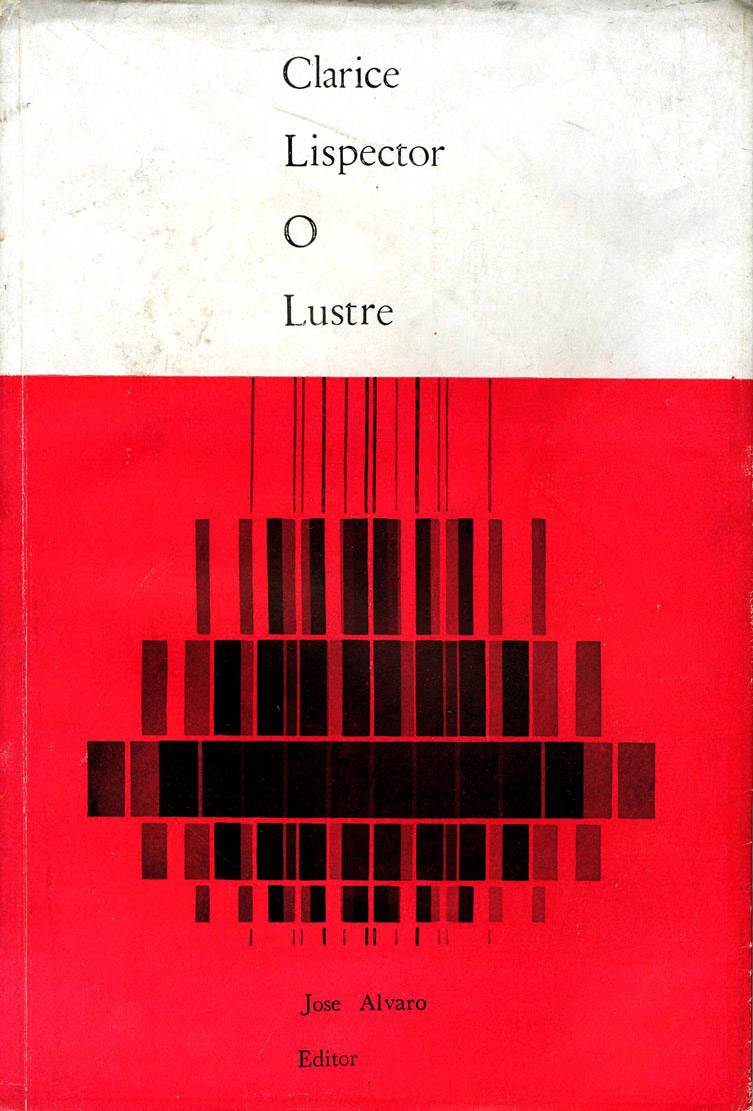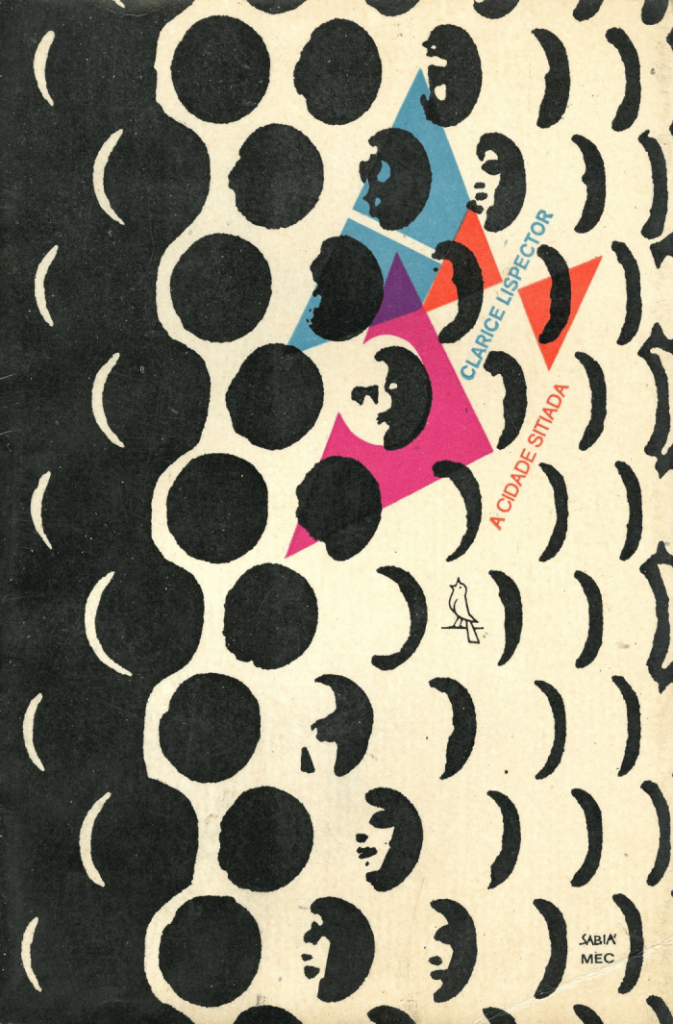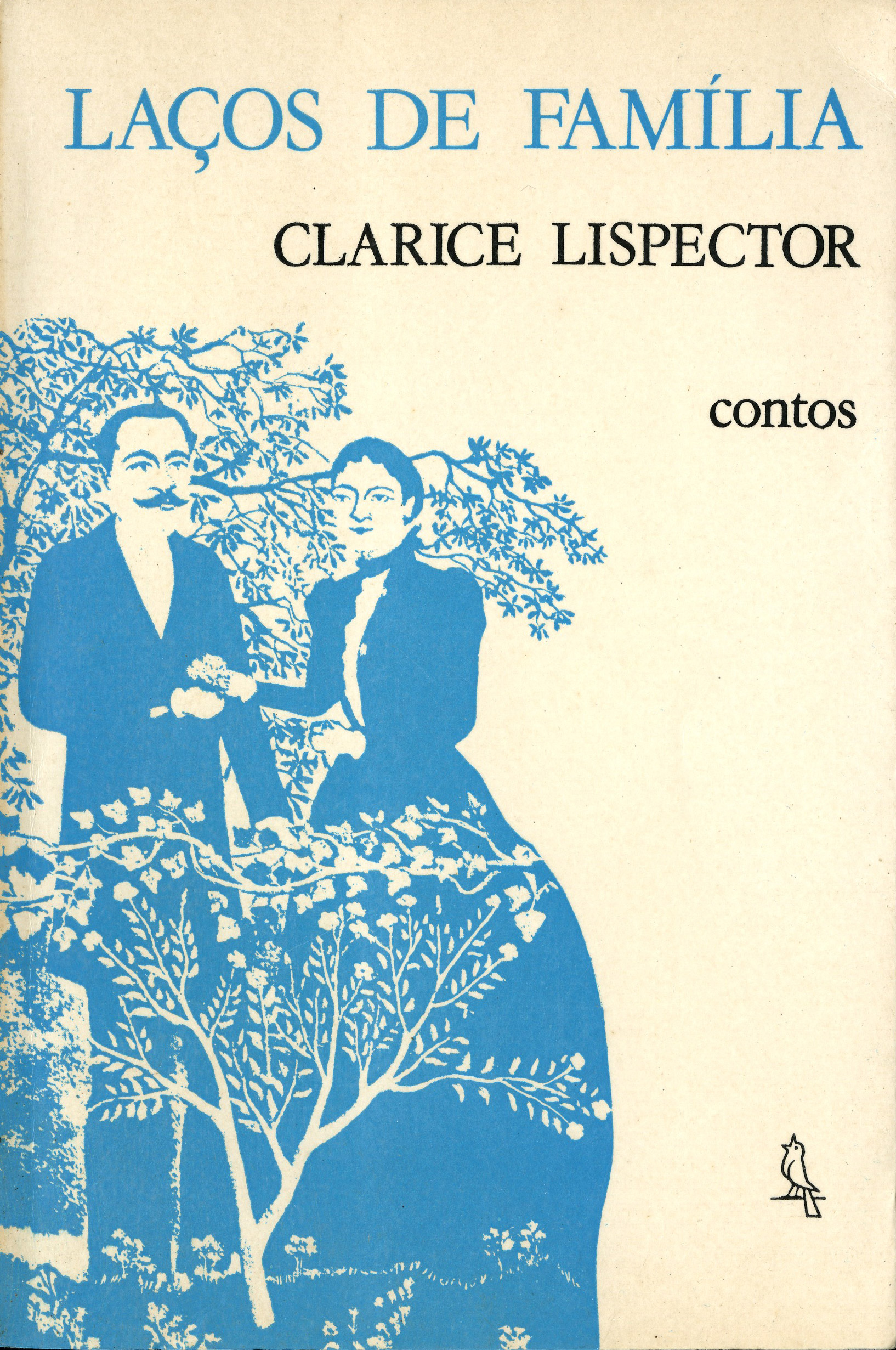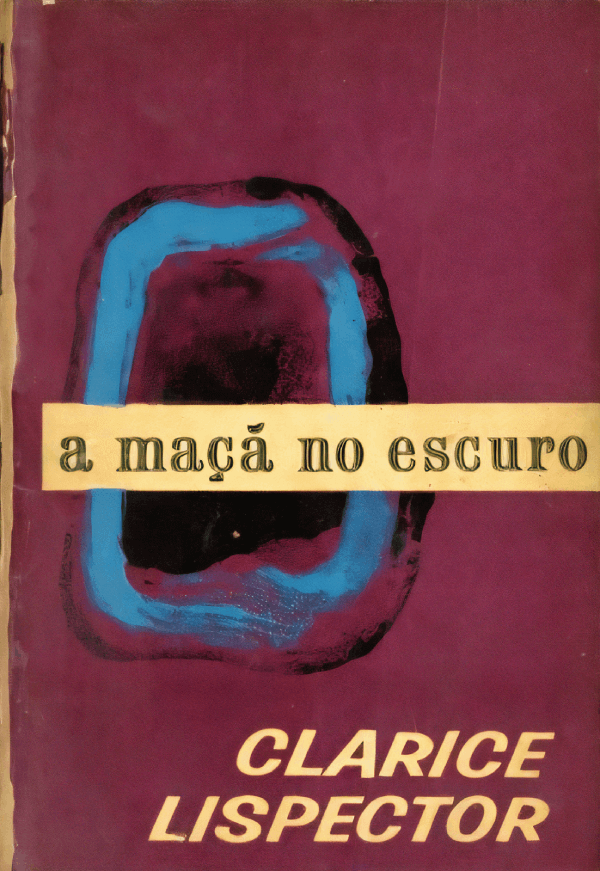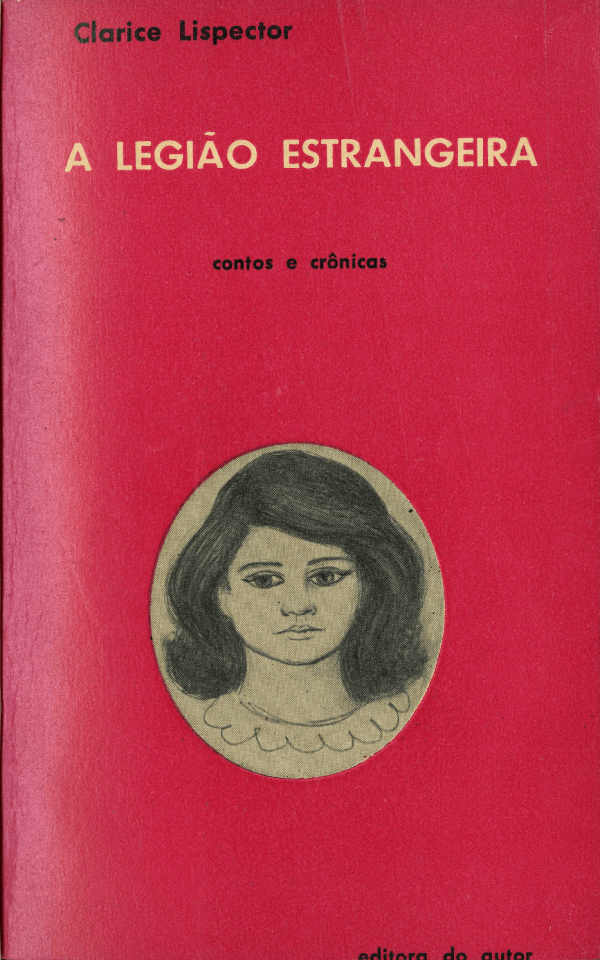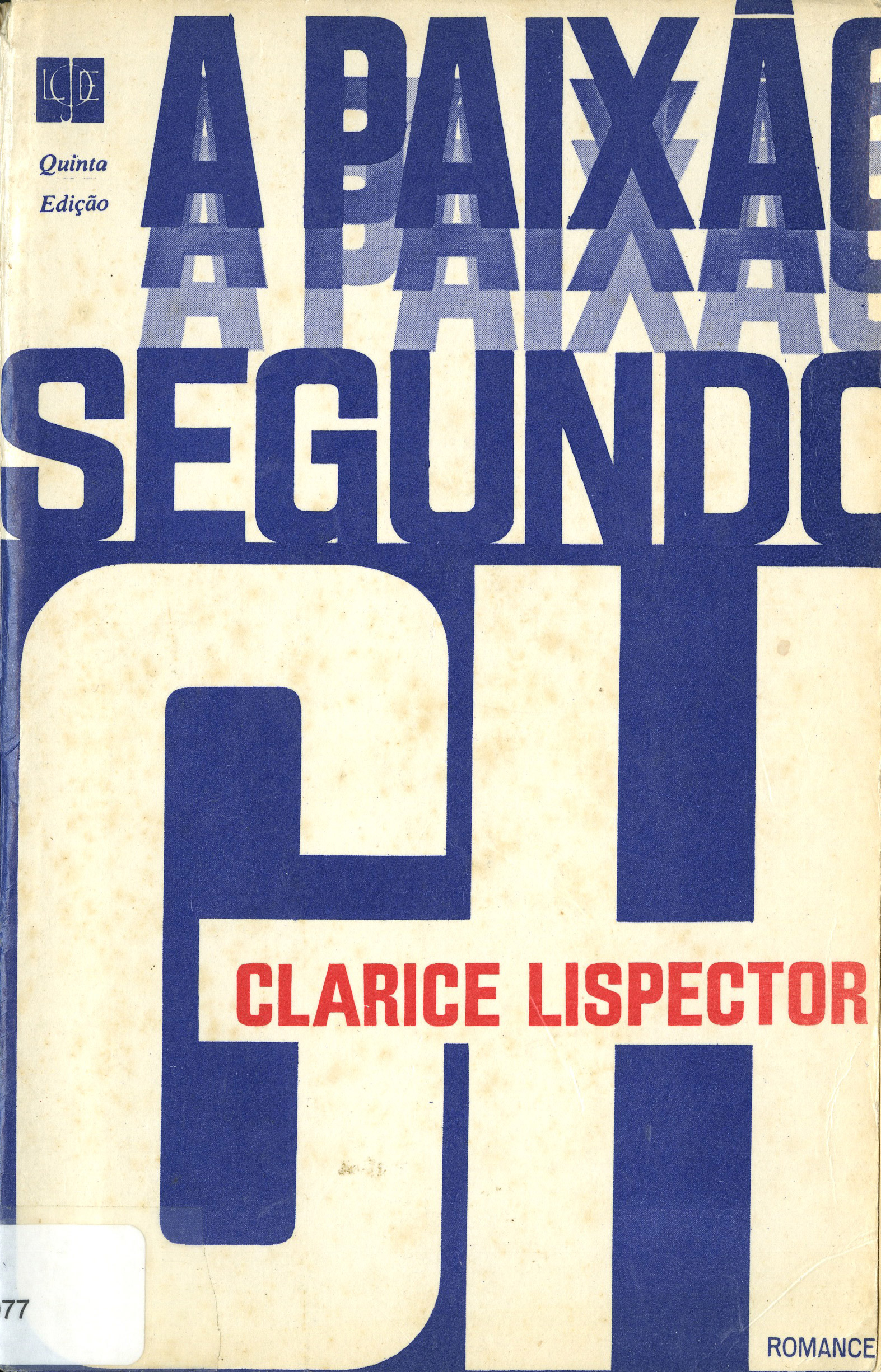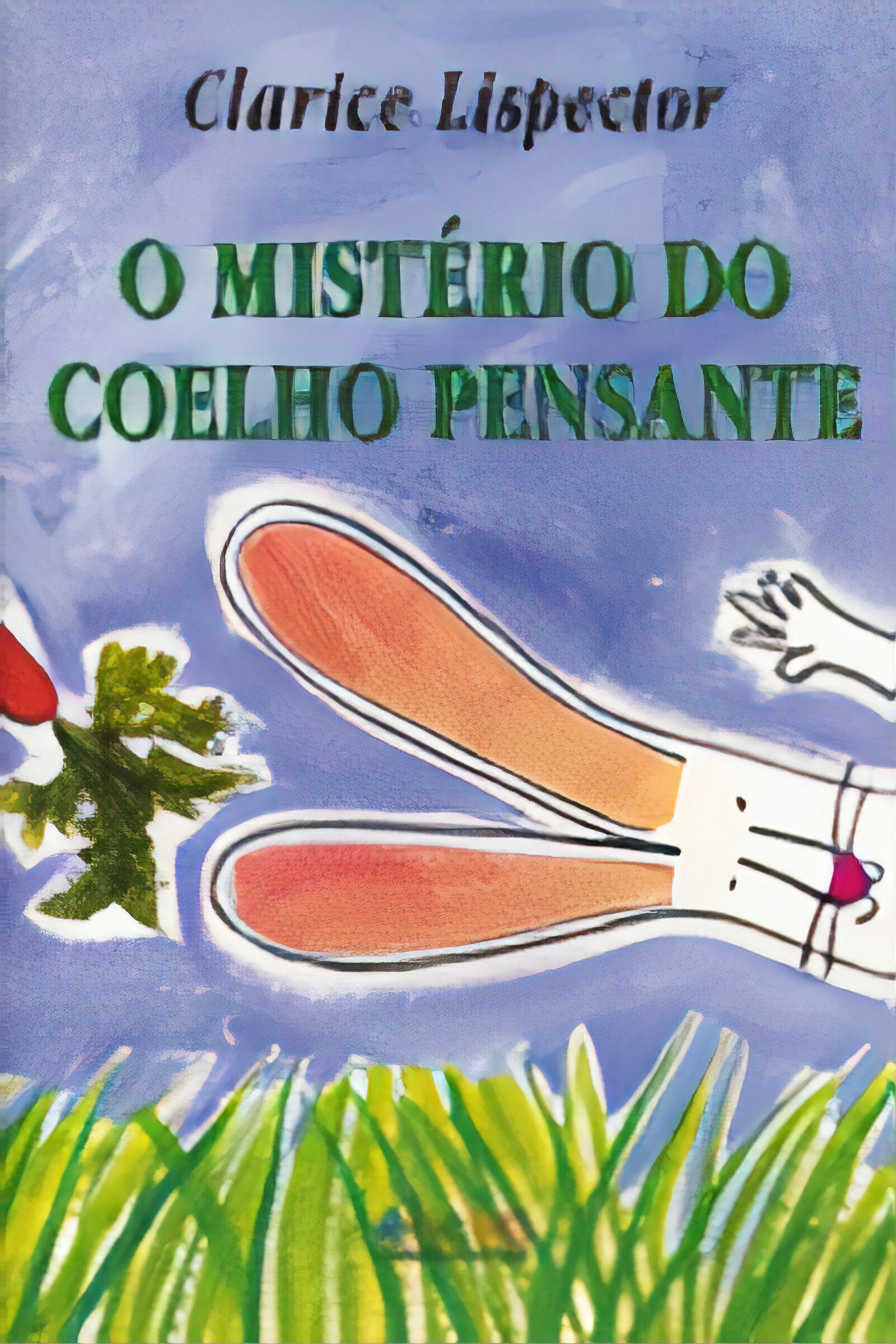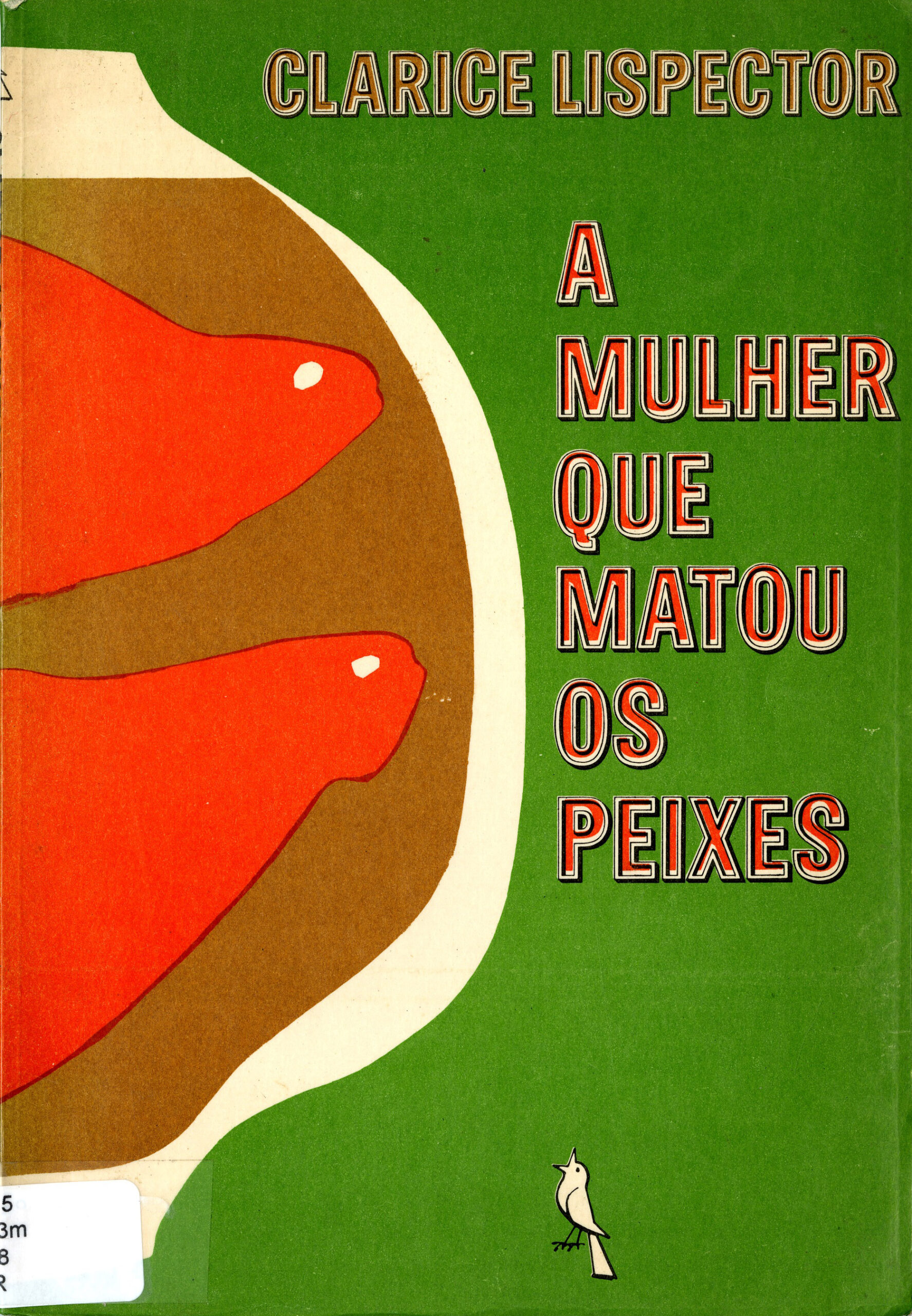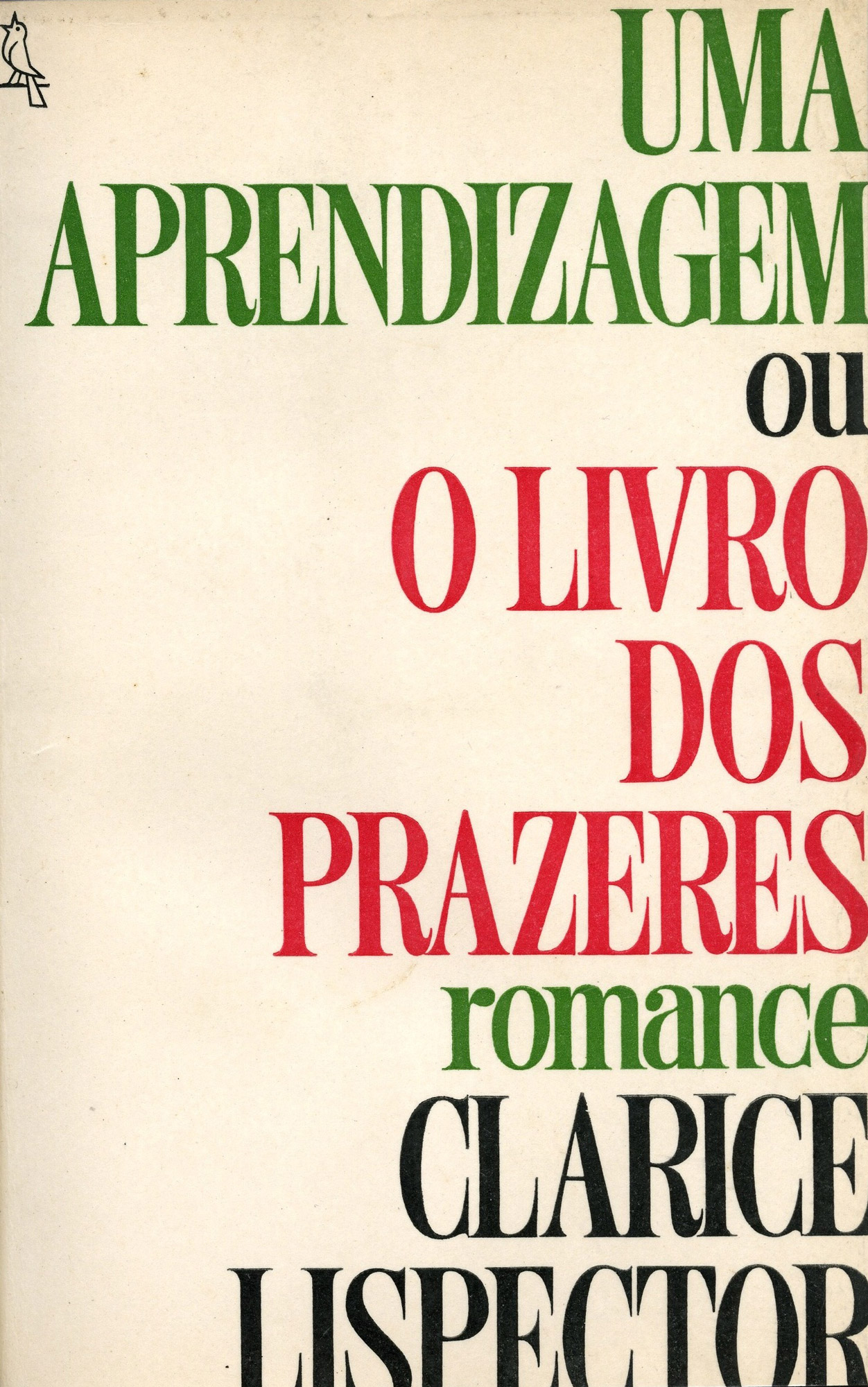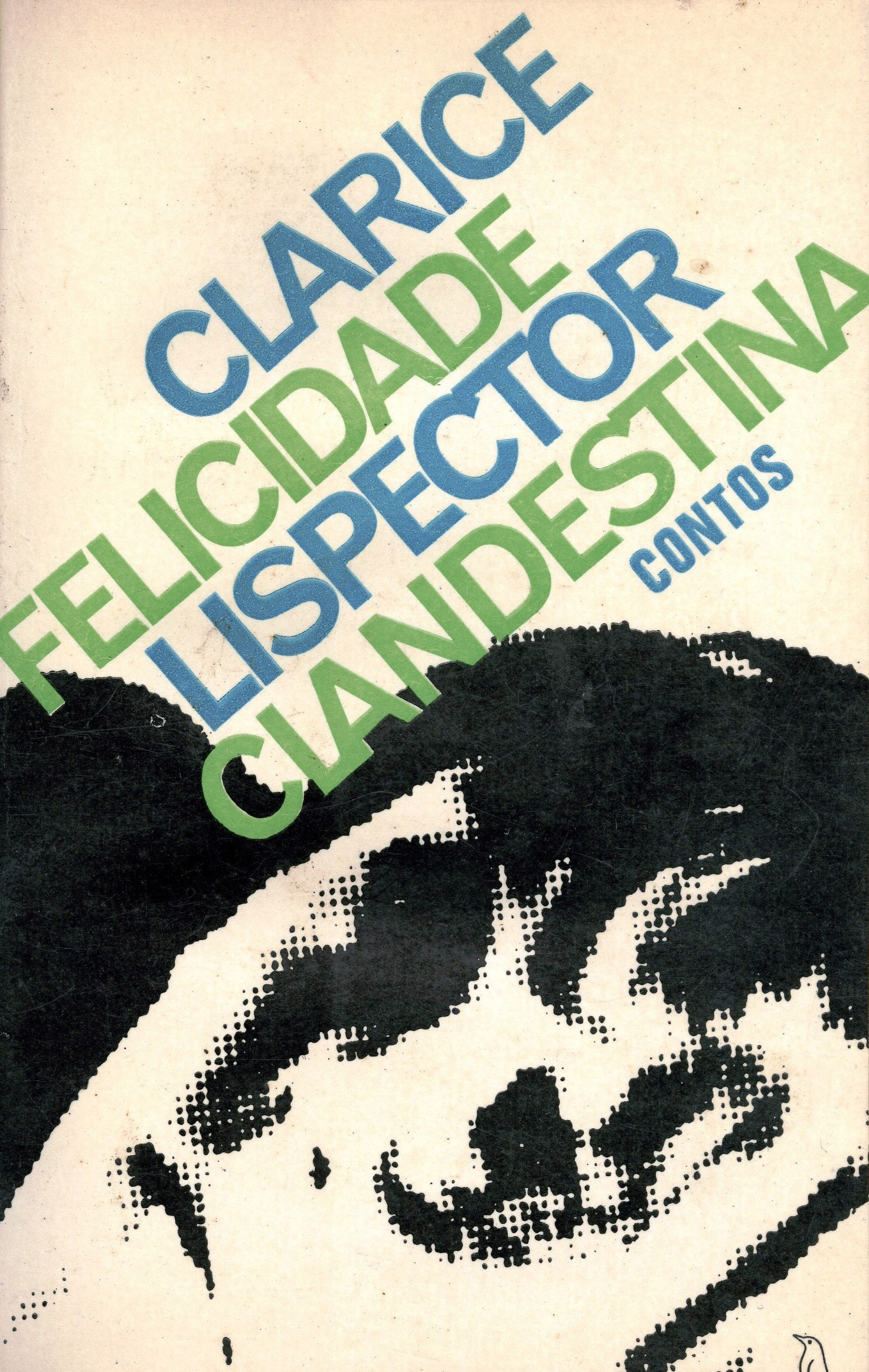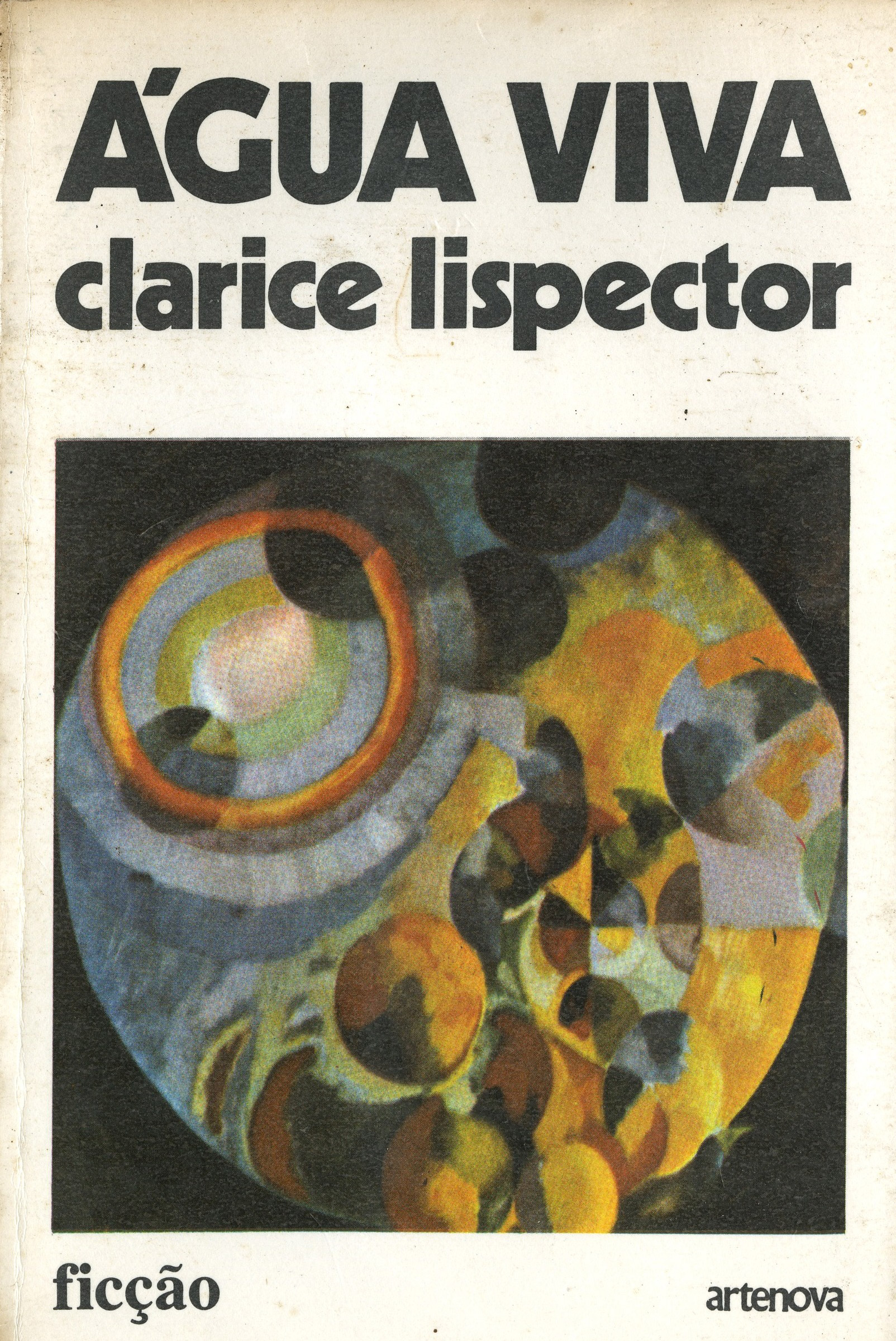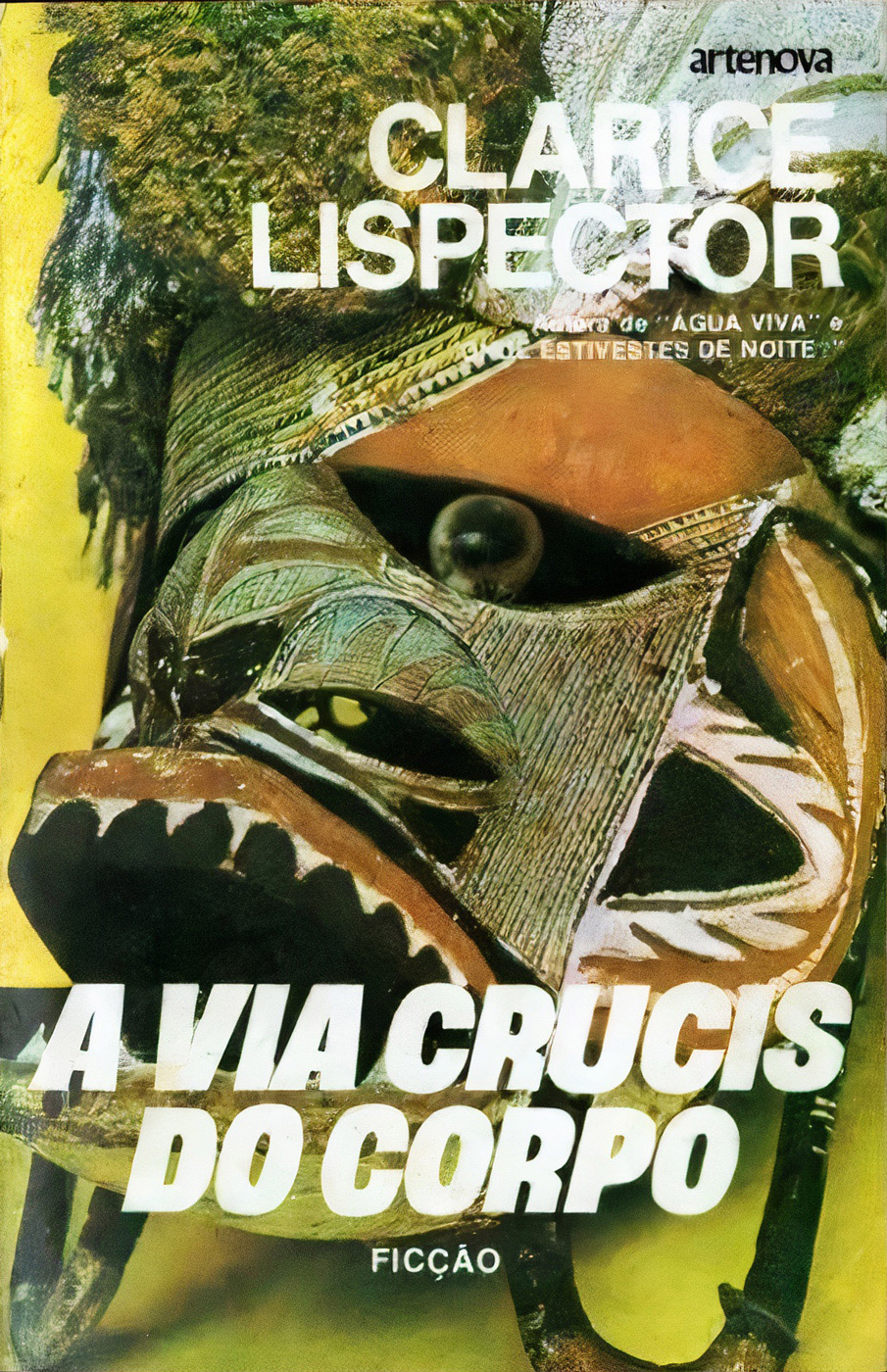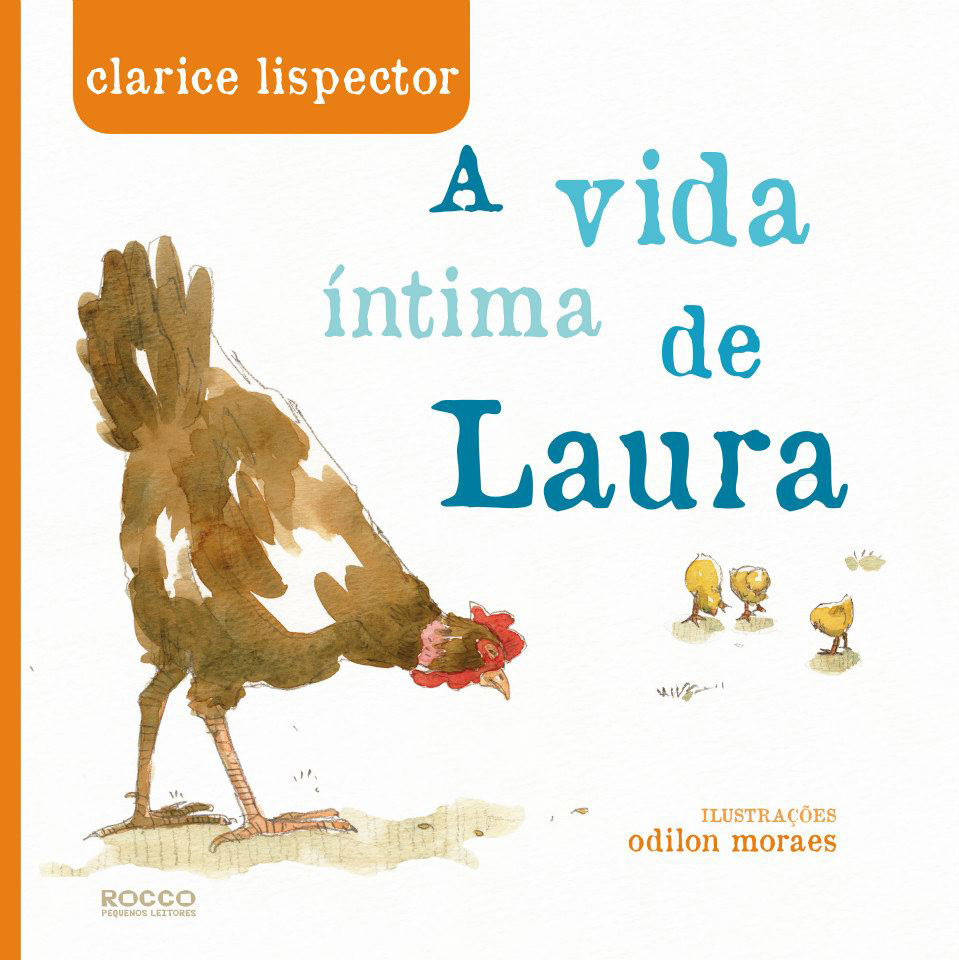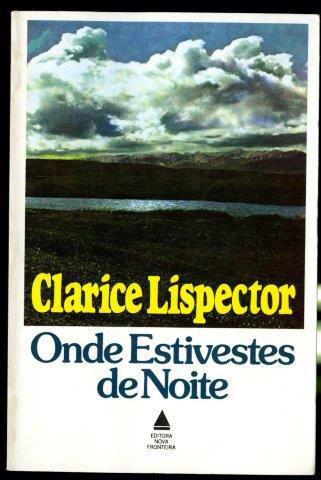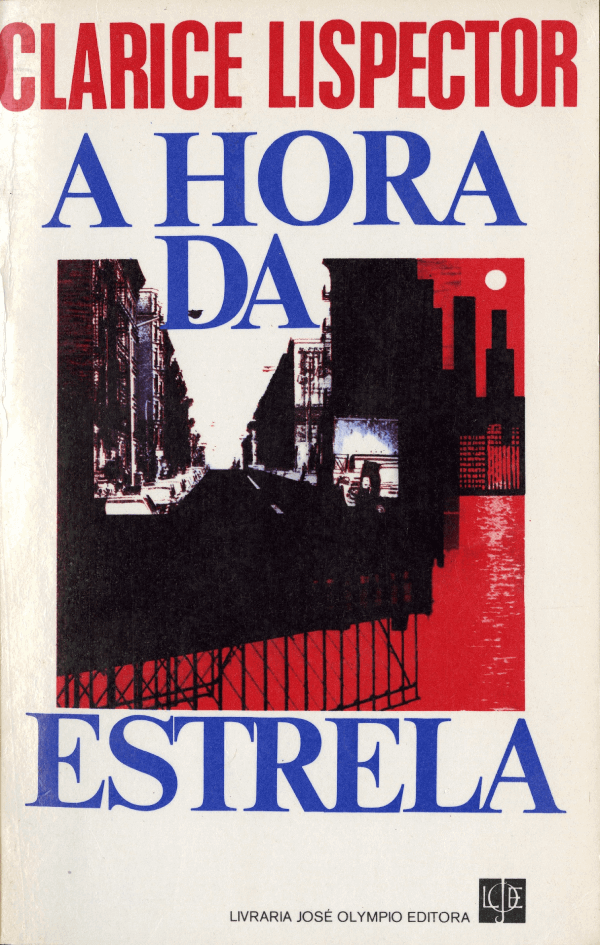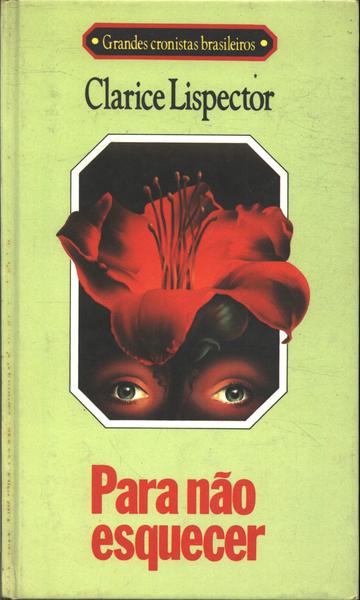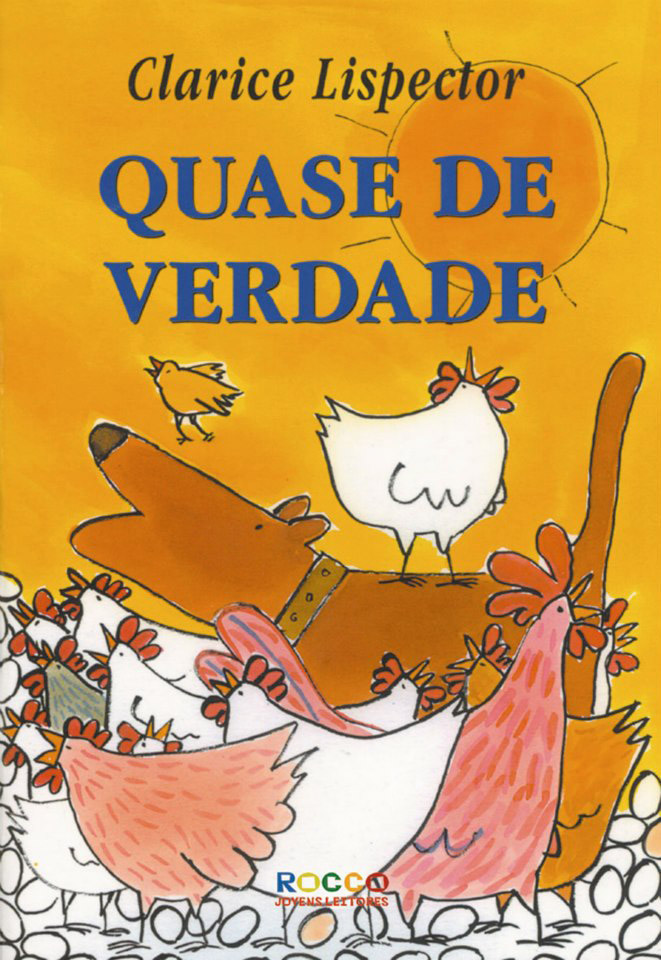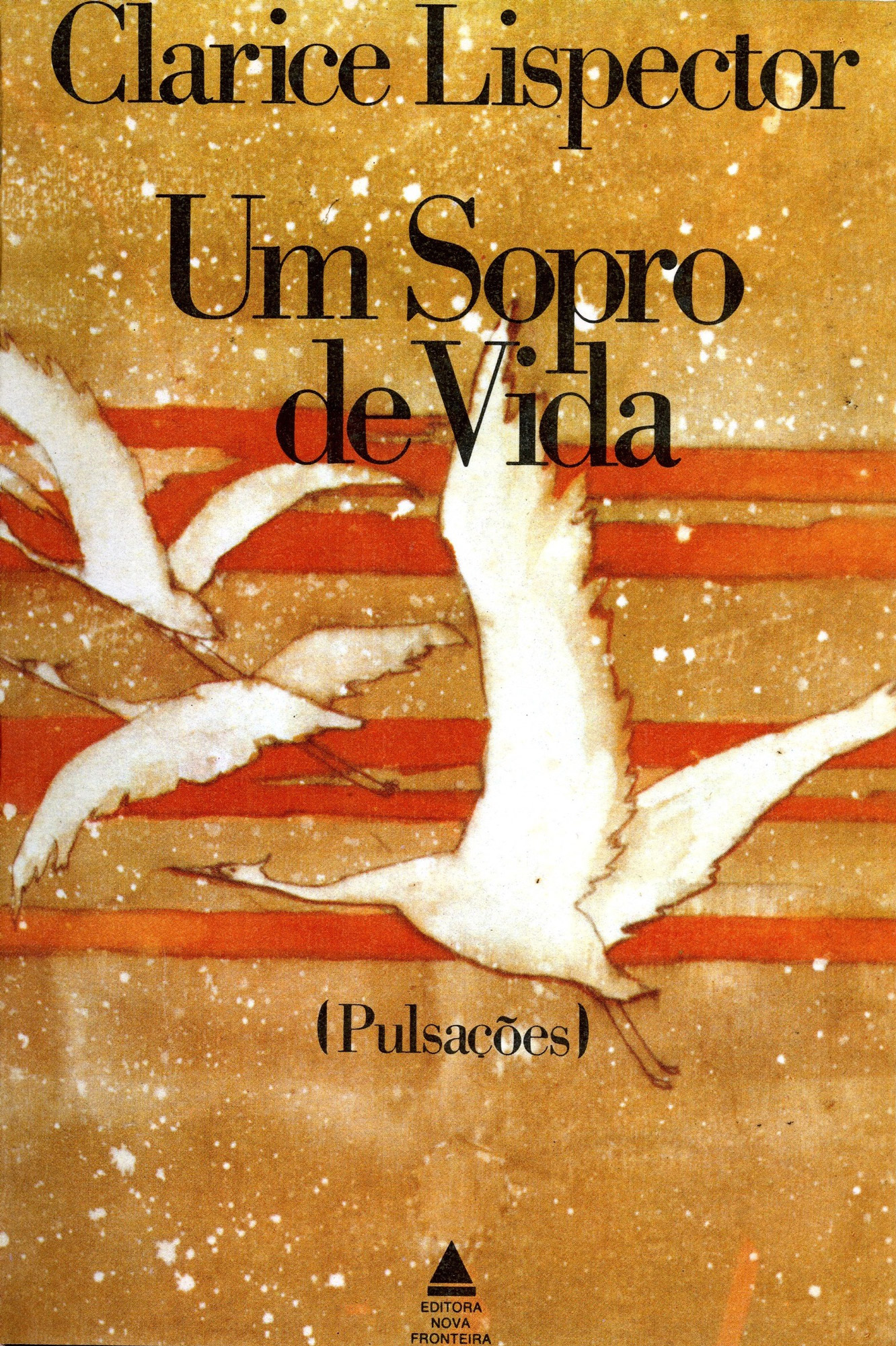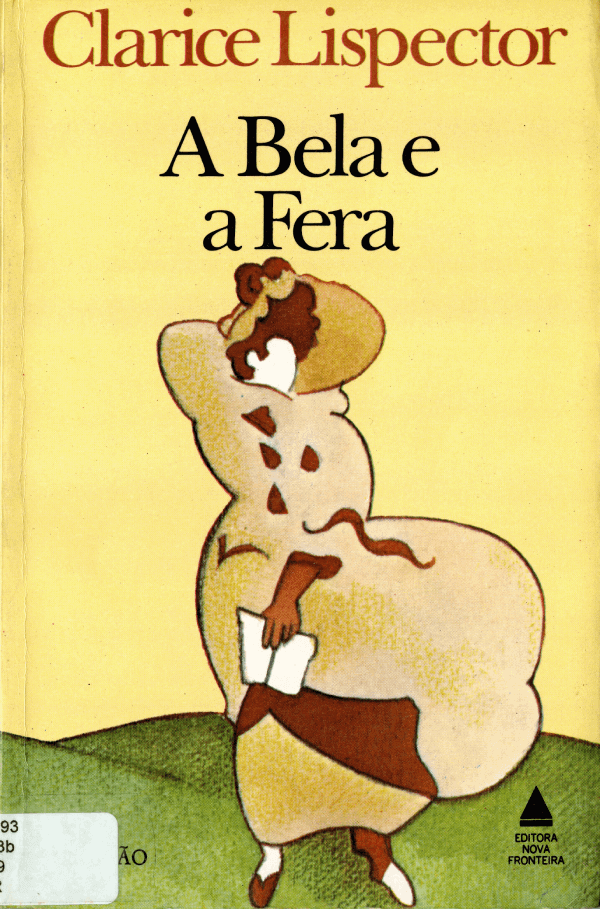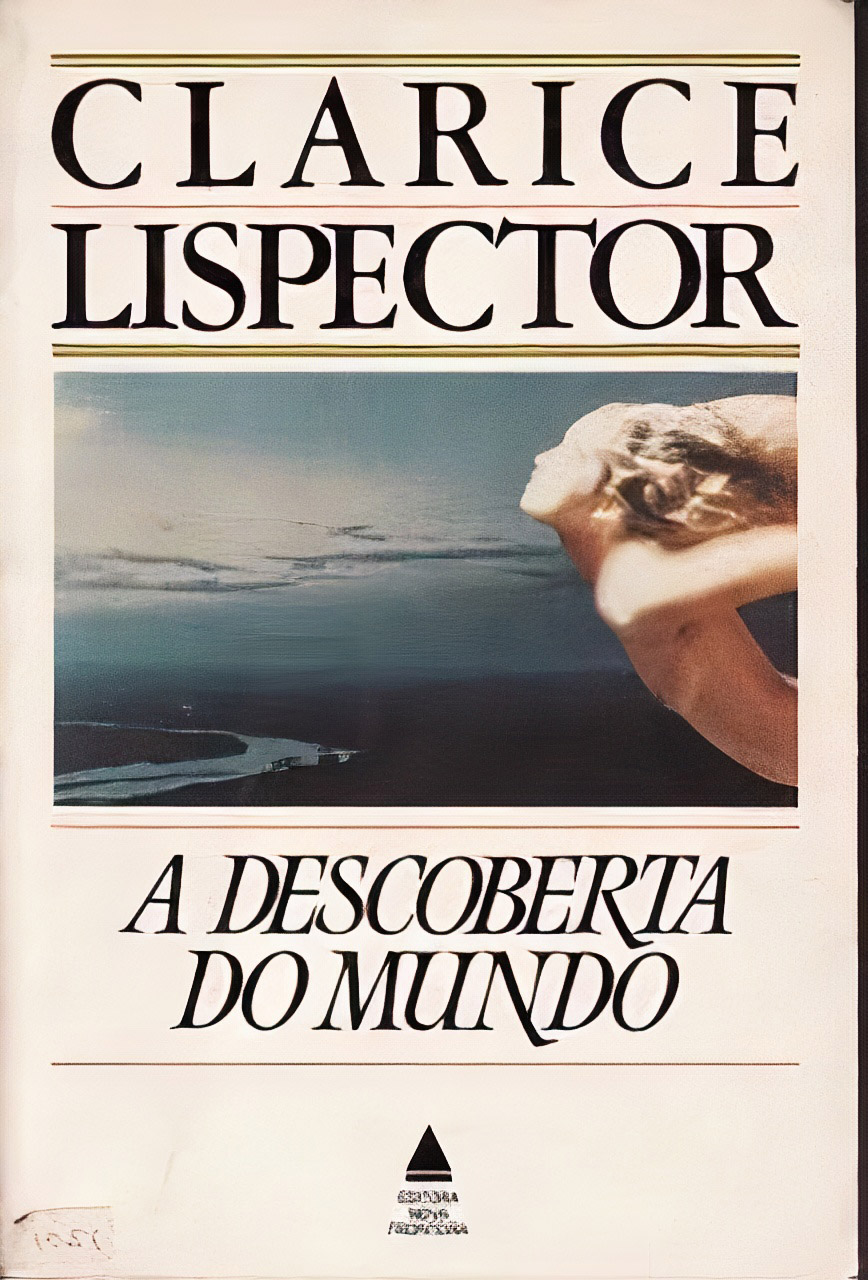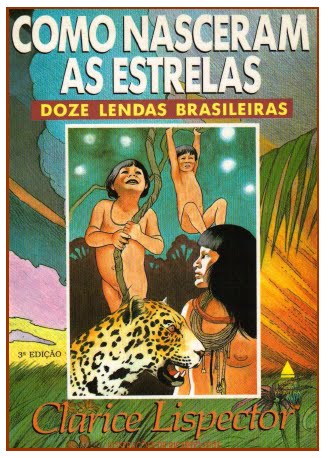Book to book
Near to the Wild Heart
“A novel that was needed.” This was how the literary critic Antonio Candido referred to the young Clarice Lispector’s debut novel of 1943.
- Novels
1943
The Chandelier
Clarice Lispector’s second novel was written while the author lived in Europe and completed in Naples at the end of World War II.
- Novels
1946
The Besieged City
The novel takes place in the 1920s, in the unattractive suburb of São Geraldo, home of the young Lucrécia Neves, characterized by the essential conflict between country and city.
- Novels
1948
Family Ties
Exhibiting absolute mastery of this brief narrative form, the book of 13 short stories, some of them published previously in the press, guaranteed the writer the Prêmio Jabuti literary award in 1961.
- Short stories
1960
The Apple in the Dark
“It’s the best. I can't define it… I can only say that it's much more developed than the previous ones,” declares Clarice Lispector about this work.
- Novels
1961
The Foreign Legion
The book deconstructs clichés about friendship, solidarity, old age, discusses false values of the bourgeois family, and investigates the connection with the other, the different.
- Short stories
1964
The Passion According to G.H.
With a meticulous operation of writing, Clarice extracts the maximum from a banal plot and accomplishes what for many will be her greatest literary endeavor.
- Novels
1964
The Mystery of the Thinking Rabbit
Written in the 1950s, it was the first work for children. It is born of a question from her son, Paulo: “Why do you only write books for adults?”
- Children's literature
1967
The Woman Who Killed the Fish
Harmony with the universe of children makes Clarice’s production for children innovative. Animals are supports for human emotions and appear here in micronarratives.
- Children's literature
1968
An Apprenticeship or the Book of Delights
Loreley, nicknamed Lóri, leaves Campos to work as an elementary school teacher in Rio de Janeiro. Here she falls in love with Ulysses, professor of philosophy.
- Novels
1969
Covert Joy
Clarice’s indisputable talent appears in these brief and tense stories that communicate what she sees in the intervals of the world: the sea, a book, a kiss.
- Short stories
1971
Água Viva
The manuscript “Screaming Object”, developed out of chronicles, was never published. Clarice transformed it into Água Viva, in which she radicalizes innovative writing processes.
- Novels
1973
The Via Crucis of the Body
Released in 1974, the book was controversial. Some critics reacted negatively to the work, written to order and with the intention of being erotic.
- Short stories
1974
Laura’s Intimate Life
Her third work for children, the plot tells of the adventures of the protagonist, Laura, a hen.
- Children's literature
1974
Where You Were at Night
The work explores dimensions of delirium, magic, and the oneiric in hybrid narratives that escape classification.
- Short stories
1974
The Hour of the Star
The last book she published, it tells two stories: that of the narrator, Rodrigo S. M. and of Macabéa, a typist from Alagoas who lives in Rio de Janeiro.
- Novella
1977
Not to Forget
It can’t be called a book of crônicas because it’s more than that. There are 108 small, medium and, here and there, long texts; there are stories, chronicles, aphorisms.
- Chronicles
1978
Almost True
The usual opening of narrative is twisted right away: “Once upon a time… Once upon a time: I!”. This ‘I’ is that of the dog Ulysses, whose barks Clarice translates.
- Children's literature
1978
A Breath of Life
Written during three years and at the same time as The Hour of the Star, it was organized by Olga Borelli and published posthumously.
- Novels
1978
Beauty and the Beast
Released posthumously, it brings together six writings from 1940-41 and two from 1977, shortly before the death of the author, that talk about meaning of life, loneliness, and the female condition.
- Short stories
1979
Discovering the World
468 chronicles published originally in Jornal do Brasil between 1967 and 1973, it addresses themes under the impact of those who observe the world for the first time – the discovery.
- Chronicles
1984
How the Stars Were Born
Very different from the four previous works for children, here are twelve Brazilian legends in narratives re-elaborated by the writer.
- Children's literature
1987

